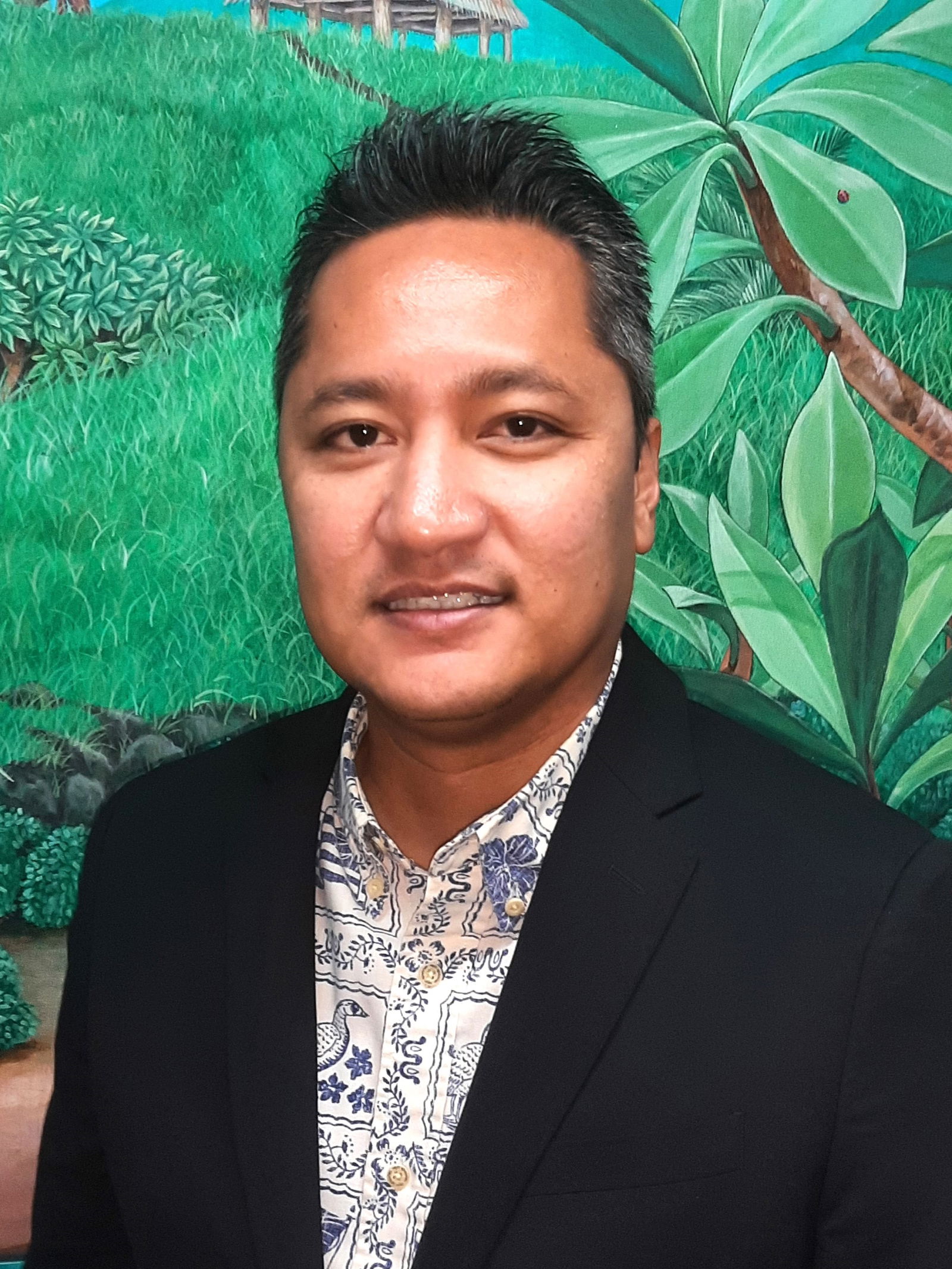LAST month in this space we spoke about the need to address our “neighborhood nemesis,” property blight. As we celebrate World Tourism Day on Sept. 27, we turn our attention to this year’s celebration of Tourism & Green Investments and this year’s theme, “Investing in People, Planet and Prosperity.”
World Tourism Day is organized by the United Nations World Tourism Organization to draw attention to the tourism industry and related issues. For World Tourism Day 2023, UNWTO highlights the need for more and better-targeted investments for people, for planet and for prosperity.
Here in the Marianas, we already have some “green” initiatives implemented, although limited in scope and number. Most establishments and homes have converted to LED lighting, and more are using solar power. Many hotels save water and energy by allowing guests to opt to use their towels for several days, instead of requiring daily washing. More restaurants are using local produce than ever since the inception of the tourism industry when there was no other choice. New road construction is incorporating bike lanes and sidewalks. Legislation to ban the use of single-use plastic bags is also a step in the right direction. Schools and nonprofit groups are organizing tree planting events.
But we are really only touching the surface of what is possible. A new study by World Travel & Tourism Council, Trip.com Group and Deloitte shows a heightened appetite for sustainable tourism amongst consumers, with 69% of travelers actively seeking sustainable travel options. Today’s traveler is also interested in wellness or spiritual retreats and indigenous experiences. And many high-end travelers are willing to pay more for their travel to be sustainable.
As a tropical destination, our ability to provide this for visitors is still largely untapped. For example, we could start with a community-wide commitment — beginning in our own families and households — to reduce, reuse, or recycle, even without compensation. Also, based on exit surveys, the #1 activity visitors to the Marianas plan when they travel here is to enjoy nature. We need long-term planning — especially with large development projects — for the preservation and planting of trees, shrubs and flowers to keep our islands green and aesthetically pleasing, help prevent soil or beach erosion and damage to our lagoons, and increase food security. These are two investments that can be made immediately, if we choose.
Which destinations are doing green tourism well? Costa Rica, a country I visited in 2021, is recognized as one the best eco-tourism destinations in the world. Here, lodgings, tours, and activities work in harmony with nature and the country’s rich biodiversity. A large percentage of the land is preserved as national parks, wildlife reserves and protected lands. Another is Iceland, which after destroying 90% of their native forests and 40% of its soil, made a 180-degree turn and is now a leader in environmental policies. And closer to home is Palau, which revolutionized its environmental regulations, committing to conserve about one-third of its coastal waters and forest land and gaining international recognition in the process.
“Green” living is not a new concept to the Marianas; it is engrained in the indigenous culture of Chamorros and Carolinians. Before westernization, the natural resources of land and sea were preserved and carefully tended. Strict protocols under traditional leadership helped conserve marine resources by preventing overfishing. Trees, shrubs, and other plants covered most of the islands — providing food, shelter, clothing, material for transportation, medicine, and more. Living structures were constructed to capture the cool breeze. Rainfall was captured or quickly absorbed by the soil, replenishing the water lens that feeds our water wells. Nothing was wasted, and even leftover scraps from building or food preparation were left to decompose and renourish the soil (an example of this cycle can still be seen today at the traditional canoe house Guma Higgai in Susupe where wood chippings lie thick on the ground).
We say this to point out that “green initiatives” are not a new way of operating for us. It is part of our traditional way of thinking that can benefit us if we choose to apply it as we modernize.
A return to green investments and environmental stewardship is really a return to ourselves. And as small remote islands strongly impacted by climate change, we should be among the first championing green living, beginning here in our own home.
Overall, visitor arrivals to the Marianas have recovered 45% year-to-date compared to FY 2019 before the pandemic. We are moving in the right direction, as visitor arrivals grew 148% to 24,128 visitors in August 2023, compared to only 9,746 visitors received in August 2022. But if we want to rise above the worldwide competition, we need to do better, and a return to a “green” mindset in the context of today is a necessary component toward that goal.
Happy World Tourism Day, and thank you for joining MVA in “Making Tourism Our Business.”

Christopher A. Concepcion











